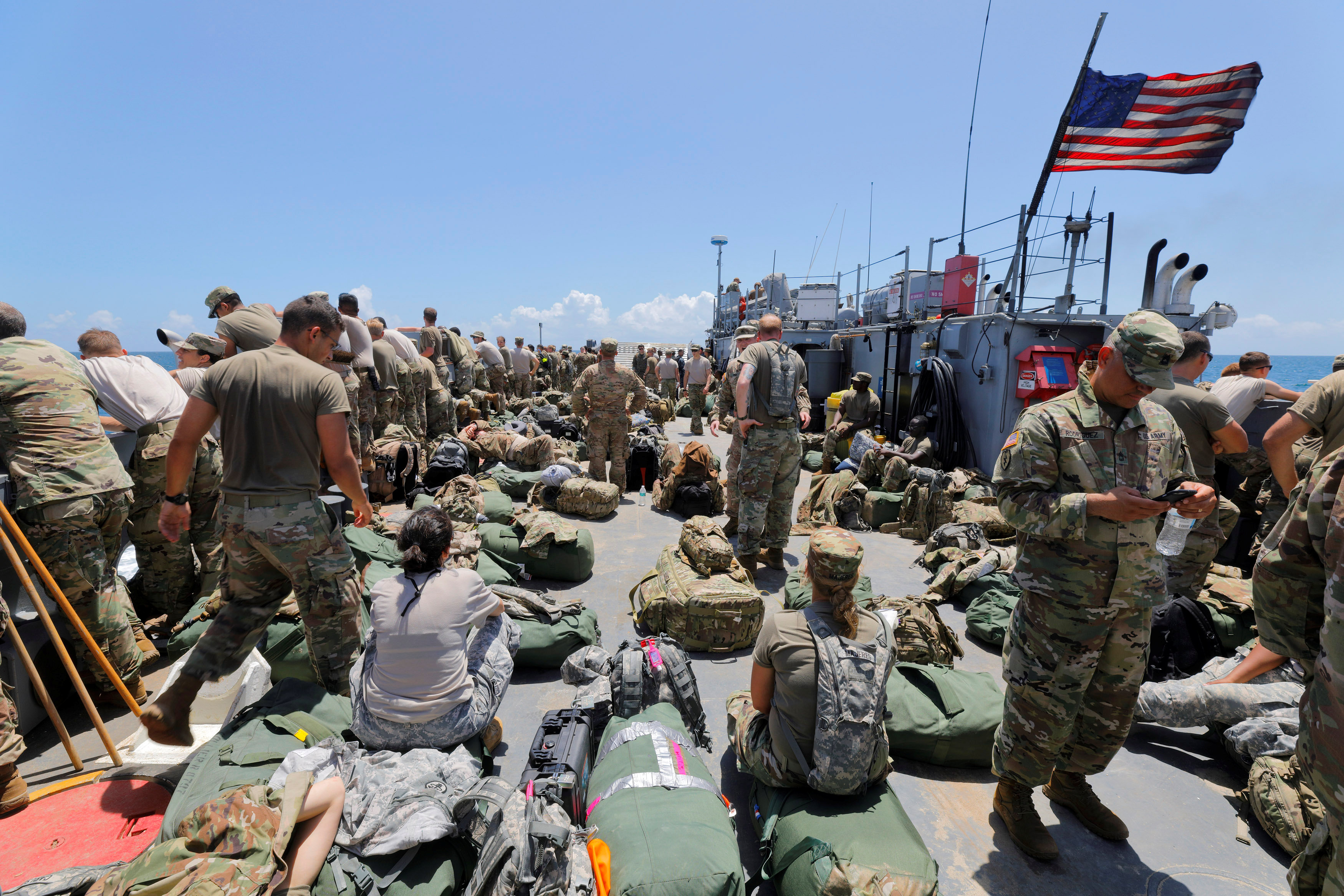
By Jessica Damiana
JAKARTA (Reuters) – A tsunami killed at least 43 people on the Indonesian islands of Java and Sumatra and injured hundreds following an underwater landslide caused by a volcanic eruption, the disaster mitigation agency said on Sunday.
Some 584 people were injured and hundreds of homes and other buildings were “heavily damaged” in the tsunami which struck late on Saturday.
On Dec. 26 in 2004, an Indian Ocean tsunami triggered by an earthquake killed 226,000 people in 13 countries, including more than 120,000 in Indonesia.
Endan Permana, head of the agency in Pandeglang, told Metro TV police were providing immediate assistance to victims in Tanjung Lesung in Banten province, a popular tourist getaway not far from the capital, Jakarta, as emergency workers had not arrived in the area yet.
“Many are missing,” Permana said.
The agency said it was still compiling information and there was a “possibility that data on the victims and damage will increase”.
The tsunami was caused by “an undersea landslide resulting from volcanic activity on Anak Krakatau” and was exacerbated by abnormally high tide because of the current full moon, disaster agency spokesman Sutopo Purwo Nugroho said.
According to a statement from the Meteorology, Climatology and Geophysics Agency (BMKG), Krakatau erupted at just after 9 p.m. and the tsunami struck at around 9.30 p.m. on Saturday.
“The tsunami hit several areas of the Sunda Strait, including beaches in Pandeglang regency, Serang, and South Lampung,” the agency said.
Nugroho told Metro TV that tsunamis triggered by volcanic eruptions were “rare” and that the Sunda Strait tsunami had not resulted from an earthquake.
“There was no earthquake, and the Anak Krakatau eruption also wasn’t that big,” Nugroho told Metro TV, noting there were no “significant” seismic tremors to indicate a tsunami was coming.
The Krakatau eruption created a column of volcanic ash estimated to be up 500 meters high.
(Reporting by Gayatri Suroyo, Tabita Diela and Jessica Damiana; Writing by Fergus Jensen; Editing by Nick Macfie)




